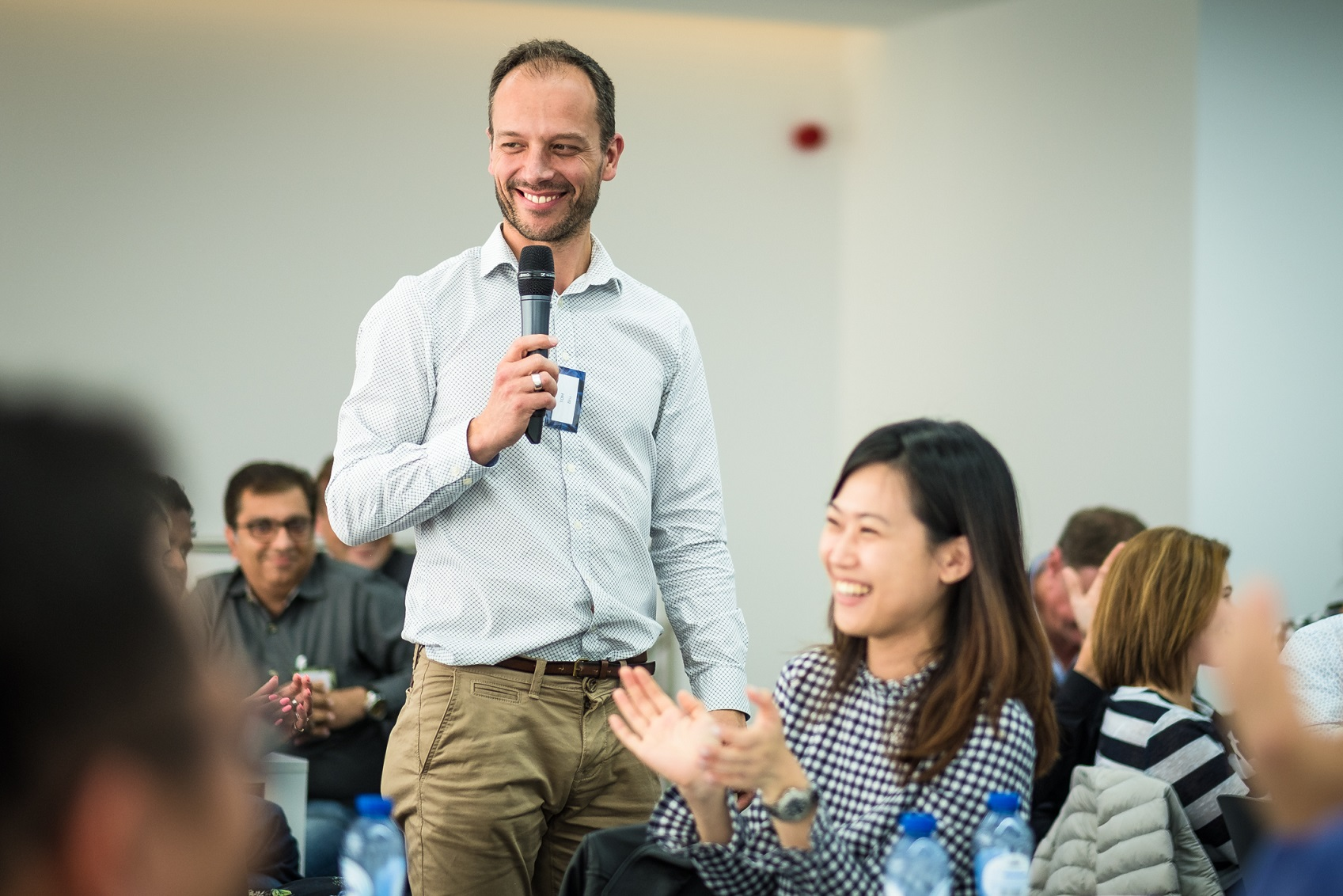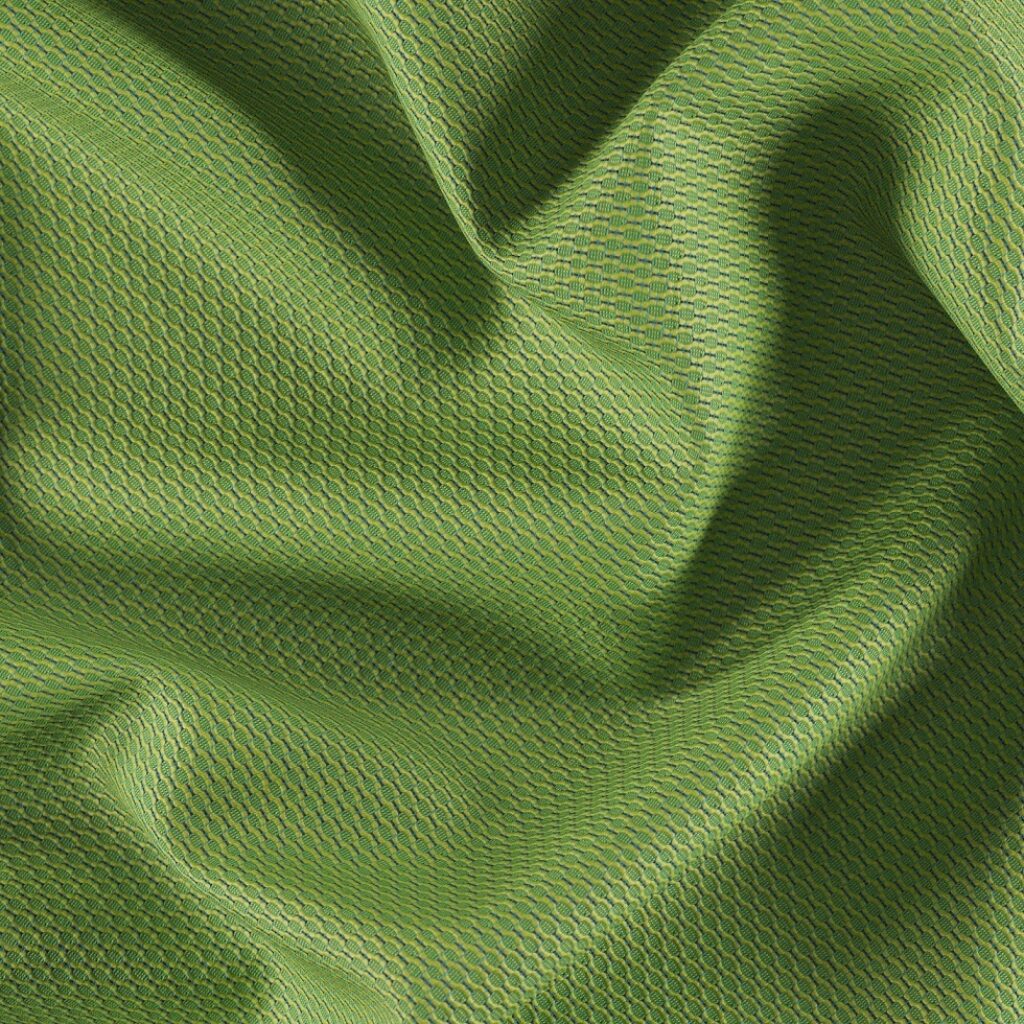Consumers, technology, and COVID-19 are driving change in the textiles industry
Welcome to the first of a two-part interview with Tom Stevens, our Head of Marketing, who is also closely involved in all our innovation projects.
Digital fabrics is one of the most important innovation areas that we have been working on in recent years and today he graciously took the time to allow us to interview him about the area of digital innovation and our digital fabric technology.
Read part two here: Innovation, digital technology, and our need for a more sustainable textiles industry
The excitingly intertextual history of textiles
Aside from marketing and spearheading innovation initiatives, Tom is also a keen history scholar. He knows as well as anyone that textiles have been crucial in the economic development of regions all over the globe since the Middle Ages.
“The fact is that through all these centuries, humans still seek to make living spaces more pleasant to look at and to live in with decorative textiles. When you pair that with this opportunity to rethink the business processes around textile production, it’s all very exciting. So, this mix of fine arts, crafts, and design technology, together with the many opportunities for rethinking the business around it, makes this a fascinating domain to work in.”
Can you talk to us about current challenges faced by the textiles industry?
TOM STEVENS: Some aspects that make this a very fascinating domain to work in at the same time form some pain points also. The long history, the dusty image, the business received because of that. The fact that a lot of companies in our industry tend to run a rather conservative business philosophy. A lot of organisations remain slow when it comes to innovation. This results in a huge number of challenges with regards to sustainability.
So yes, I think in general we feel challenged.

There are no ready-made solutions for all the challenges I just have mentioned. But with FibreGuard, we want to keep on inspiring and leading our industry and that entails working with the mindset of our industry, to not accept the status quo.
We have a huge drive to make our industry future-proof.
What would be your vision on the future of the textiles industry?
TOM STEVENS: Personally, I am convinced that fabrics will stay around despite the growth of technological alternatives and trends towards a simpler or more sterile interiors because fabrics will remain important to decorate our interiors and to make our everyday life comfortable.
But at the same time, the way in which fabrics are chosen, the way in which they are bought and used, will change drastically. As the world around us is changing, consumers are changing. Their needs are also evolving, and we must provide the solutions that meet these needs.
How are the needs of consumers evolving?
TOM STEVENS: I think consumers are the main drivers of innovation in fabrics because their needs are changing, and the technology they’re using (that we’re all using) is evolving at a very fast pace. People will buy in different ways by using all this technology. They will run through a more dynamic customer journey by combining both online and offline touchpoints.
We also face huge challenges towards creating a more sustainable world, and we have many opportunities at the same time to improve our processes and to provide more value to consumers in general. But we are aware that if we want to be relevant and future proof in all senses, innovation is essential: socially, ecologically, and economically.
We must figure out which technology is the most relevant, and which technology can better facilitate the production of fabrics, as well as the marketing of fabrics, the sales of fabrics, and the distribution of them. Experimenting with and working on these aspects in a human-centred way: this is what our innovation work is centred on at its very core.
I see technology first as a perspective from where innovation can be undertaken. It can inspire innovation as soon as it provides, for example, alternative ways to produce things, ways to offer additional services, offer opportunities to improve parts of a process.
Secondly, technology also facilitates innovation through creating new tools, for example, for real real-time collaboration for mapping processes, for brainstorming these can all speed up the innovation process.

Can you touch a little on the impact of the novel coronavirus on the textiles industry and our innovative work?
TOM STEVENS: That was an effect of the pandemic on business and technology. The effects of the pandemic on business and technology had serious repercussions once lockdowns were implemented all over the world. We all saw this. In our own business we saw large drops in trading which even sustained for multiple months, and there are still noticeable in the regions where COVID is not fully under a form of control.
We used this period to step back and focus deeply on innovation, firstly by keeping close contact with our ecosystem of partners and customers, and then secondly, by showing them ways to keep control of their business in these serious times.
We had already clarity on which innovation projects to work on, but this forced period of global stillness gave us the chance to take significant steps forward in the most important of these projects. Some examples of our focus areas during this time were:
- We have been building new systems.
- We have been launching new websites and innovation initiatives.
- We have been producing a huge number of high-quality products and digital visualisations.
- We have been reworking and streamlining existing processes
I'm not sure whether the pandemic had an impact on usage of specific technology, or on the speed at which technology gets developed, but it certainly had a positive impact on technology adoption.
Driving change through textile innovation and inspiration
At FibreGuard, we aim to continue inspiring and leading our industry through our innovations. This involves working with the mindset of the textiles industry itself, to not accept the status quo. We have a huge drive to future-proof the textiles industry, and we think today you have had some insight into why, and how this is manifesting.
